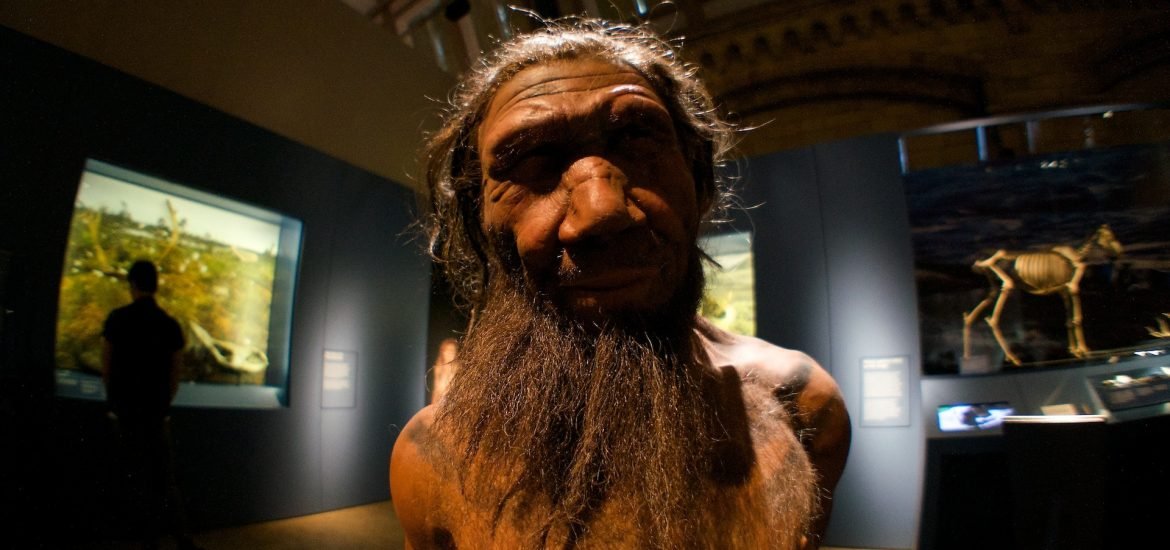
Scientists in Germany are preparing to create miniature Neanderthal brains in the laboratory to study the differences between human and Neanderthal brain biology.
The blobs of tissue, called brain organoids, will be grown from human stem cells that have been genetically engineered to contain “Neanderthalised” DNA. Although incapable of thoughts or feelings, the organoids – about the size of a lentil – will mirror the structures of adult Neanderthal brains.
“Neanderthals are the closest relatives to everyday humans, so if we should define ourselves as a group or a species it is really them that we should compare ourselves to,” Prof Svante Pääbo, director of the Max Planck Institute for Evolutionary Anthropology’s genetics department in Leipzig, Germany, told The Guardian on Friday.
Last year, Pääbo was at the forefront of sequencing the Neanderthal genome. He and his team have been working on using gene-editing technology to resurrect Neanderthal traits in the lab and shed new light on what kinds of similarities humans may share with our closest relative.
“We’re seeing if we can find basic differences in how nerve cells function that may be a basis for why humans seem to be cognitively so special,” Pääbo added.
Pääbo’s lab has previously inserted Neanderthal craniofacial development genes into mice and pain perception genes into frogs’ eggs.
The current work centres on three genes that are essential for brain development, The Guardian reports. Using CRISPR, a gene editing technique that allows scientists to easily modify DNA sequences, the researchers have altered human stem cells to make them more similar to those belonging to Neanderthals.
Gray Camp, a group leader at the institute, explained the experiment to The Guardian: “You start the organoid growing and leave it for nine months and see what happens.”
“You don’t get a well-formed human brain at all, but you see multiple regions have kind of formed,” added Camp, who is overseeing the organoid experiments. “You can study the synapses and electrical activity and early developmental differences.”
Scientists hope the organoids will reveal biological clues pointing to differences in human and Neanderthal cognition.
“A dream result would be that the [genetic] changes make for longer or more branched neuronal outgrowth,” Pääbo told The Guardian. “One would say it would be a biological basis for why our brain would function differently.”
The fossil record and genetic evidence show that modern humans and Neanderthals and evolved from a common ancestor sometime between 500,000 and 200,000 years ago. Genetic studies have indicated that early humans and Neanderthals interbred and today, all non-Africans have some Neanderthal DNA, typically about 1-4%. Around a third of the Neanderthal genome exists in modern populations, according to The Guardian.
Neanderthals have long been thought to be cognitively inferior to early humans, but recent research has shown the species may have shared a cultural competence with our ancestors. Recent studies show that Neanderthals were painting artwork in caves before early humans arrived in Europe, were capable of symbolic thinking and had ritualistic beliefs.
It remains uncertain as to whether humans’ fate compared to that of Neanderthals stems from some type of inherent cognitive difference between the two species, but Pääbo and his team hope to find out.
Photo: Paul Hudson